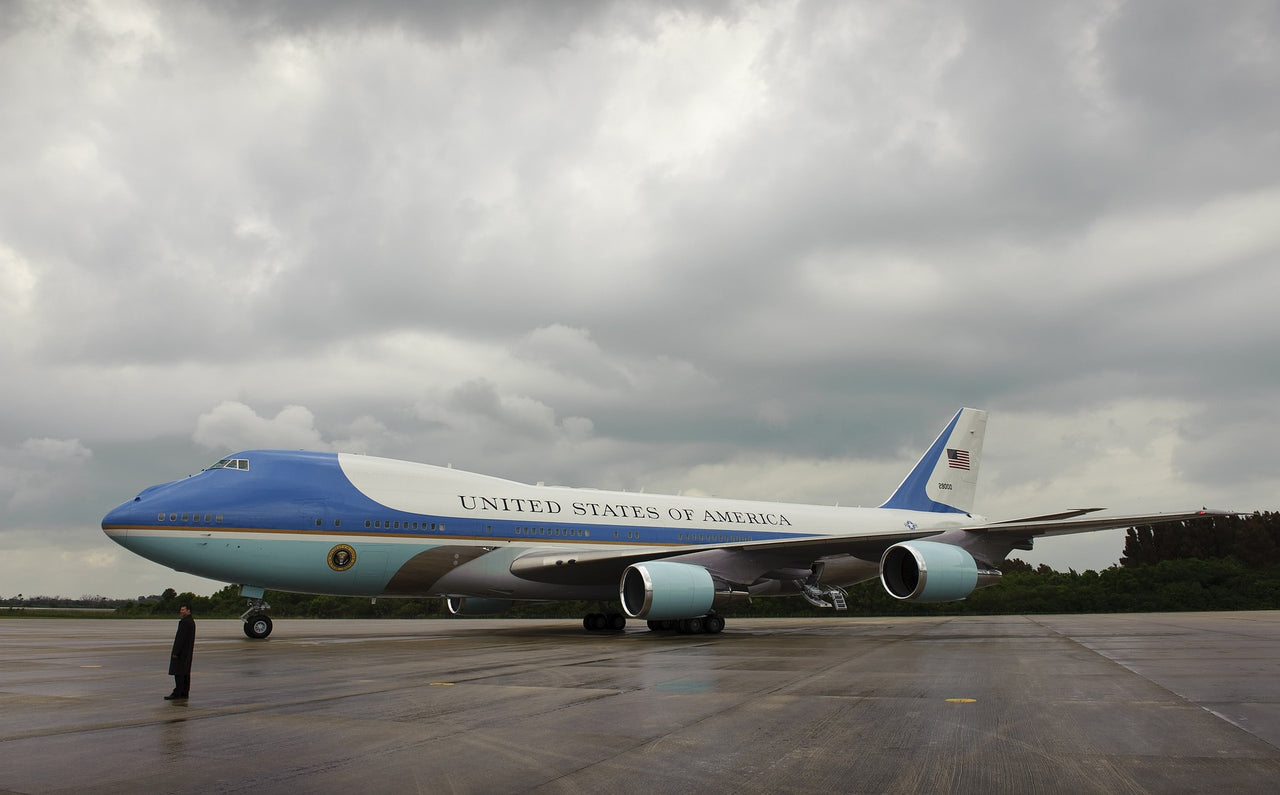
President's Jets, Z'That Count as Inflation?
Maybe that's why.
Boeing Co. is trying to replace Air Force One, and it seems to be a challenging task. Costly, too, for both the plane maker’s shareholders and U.S. taxpayers (yup, that's us) who must foot the bill to keep the president’s aging float flying longer.
The American multinational corporation, the same that designs, manufactures, and sells airplanes, satellites, telecommunications equipment, missiles, and rockets worldwide (It sure is rocket science, isn't it?) has a hard time getting its act together. It expects to lose $766 million more on the high-profile, years-late project to transform two 747-8 jumbo jets (2 is 1+1 so not that many, right?) into flying White Houses. This brings Boeing's total losses related to the endeavor to nearly $2 billion, according to securities filings (as reported by the Wall Street Journal).
Did you say, $2 billion?
Yes, we did!
Not only. The additional costs were part of a larger charge that led Boeing to report a $3.3 billion third-quarter loss.
Delightful.
Now, I'm thinking.
The US Inflation Rate is at 8.20%, as of September 2022, compared to 8.26% the month prior and 5.39% last year. This is higher than the long term average of 3.27%. Could some of the 1+1 above explain some of the 8.2-3.27=4.93% differential?
The US Inflation Rate is the percentage by which a chosen basket of goods and services purchased in the US increases in price over a year. Inflation is one of the metrics used by the US Federal Reserve to assess the health of the economy. Since 2012, the Fed has targeted a 2% inflation rate for the US economy; it may make changes to monetary policy if inflation fails to fall within that range. A notable time for inflation was the early 1980's during the recession. Inflation rates went as high as 14.93%, causing the Federal Reserve led by Paul Volcker to take dramatic actions.
Huh, jets?
Can the President fly economy?
Ain't that bad.
Subscribe to our newsletter
New ideas, promotions, products, and sales. Directly to your inbox.
Quick links
Search
Privacy Policy
Refund Policy
Shipping Policy
Terms of Service
Contact us
About us
FUNanc!al distills the fun in finance and the finance in fun, makes news personal, and helps all reach happiness.
